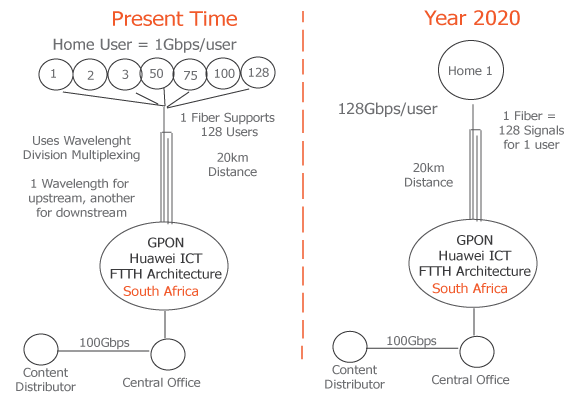The video codec business is a billion dollar industry that enables entertainment and video streaming companies to grow at unprecedented rates. Entire ecosystems like Netflix and Youtube have come into existence because of the codec. Every few years a new generation of codecs make better use of compression technologies and bandwidth. Ateme, Media Excel, Harmonic, Telestream, Digital Rapids, Wowza, encoding.com, and countless others have incorporated codecs into their appliances, software and service, in order to facilitate video delivery to the masses. In fact, the codec business is such a vital piece of the video delivery value chain, that Google created an open source codec called VP9 to compete against H.265, but eventually settled the patent dispute with MPEG LA.
What basic problem does the video codec overcome? “Bandwidth limitation”. Codecs were created to solve the problem associated with bandwidth limitation, since there is no way to deliver uncompressed (native) video, upstream and downstream, cost effectively over the network and WAN. The culprit of the bandwidth limitation is the hardware used by the enterprise and Network Operator, but that is changing as we speak. What happens if the bandwidth limitation is eliminated from the equation? In due time, bandwidth will no longer be measured in Mbps or Gbps, but will become so abundant that consumers will refer to it as buying a port” (fiber optic) or wavelength, instead of Mbps/Gbps.
Illustration below is GPON deployment in South Africa.

Today, 1 fiber strand can support 128 users at speeds of 1Gbps/user with GPON technology, and that’s using first generation GPON. What happens when 2nd gen GPON, 3rd gen, and other generations come out? Is it likely that in 5 to 7 years, the world will enter into a new era of “Unlimited Bandwidth Availability” where bandwidth is no longer a product or feature that is sold, but a utility that is offered for free, which comes bundled with other valued added services. In that kind of world, the video codec industry as we know is likely to implode, wiping out billions in the process. This is the challenge facing the video codec industry in the next decade, as mutli-Gbps becomes the norm for everyone. The good news; there is still enough time to diversify. Key Takeaway: Innovative broadband solutions are being deployed in all parts of the world, including South Africa, Armenia, Mainland China, Brazil, US, and everywhere else, and products that were created to solve the “bandwidth limitation problem” of some kind, will cease to exist in the next few years.
As Pieter Geldenhuys, Futurist and Lecturer at North-West University stated, “GPON will bring about revolutionary changes to the broadband environment in South Africa. As more and more consumers gain direct access to triple-play services in their homes, it will drive the demand of internet as a utility-based resource”.

